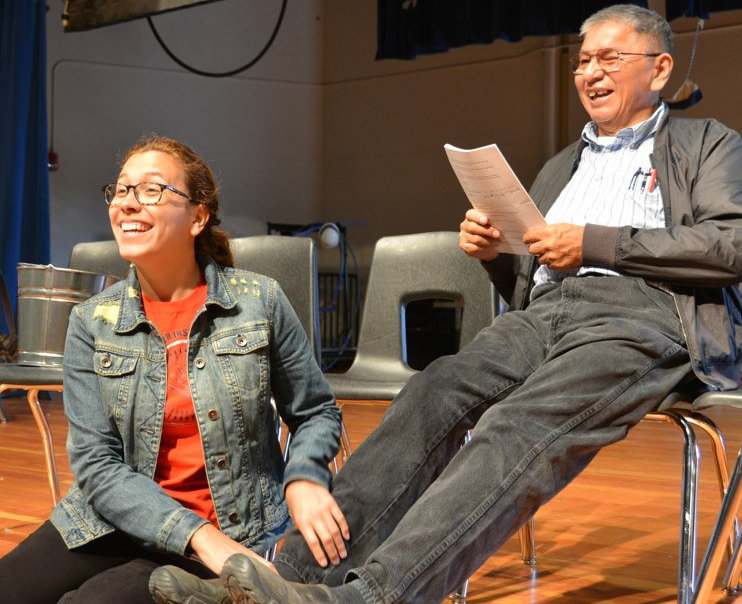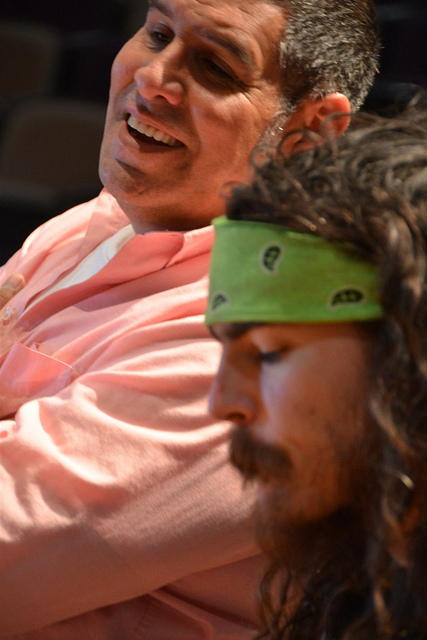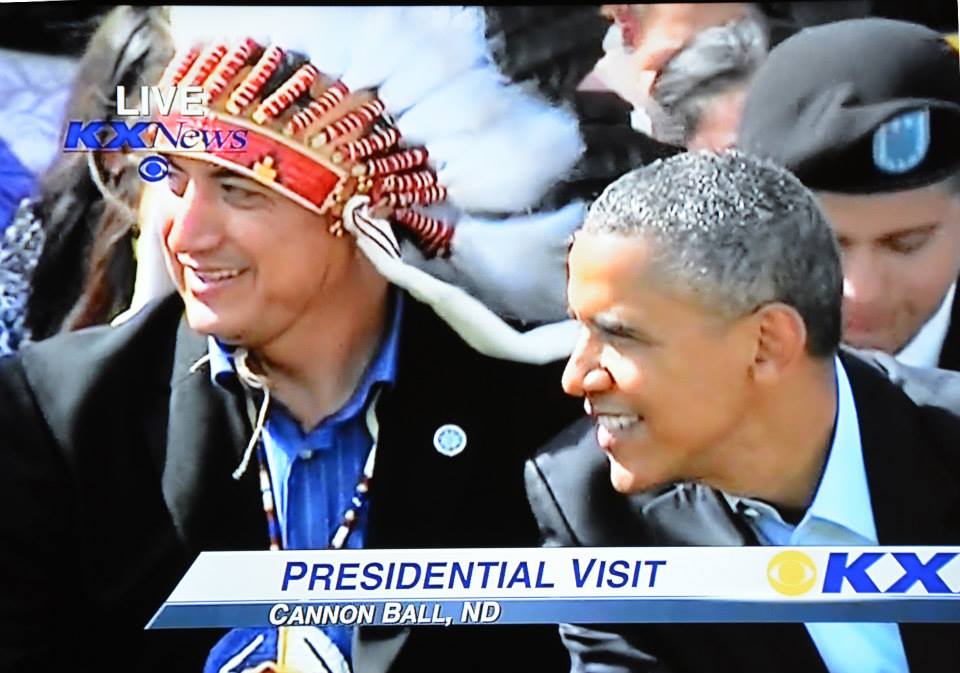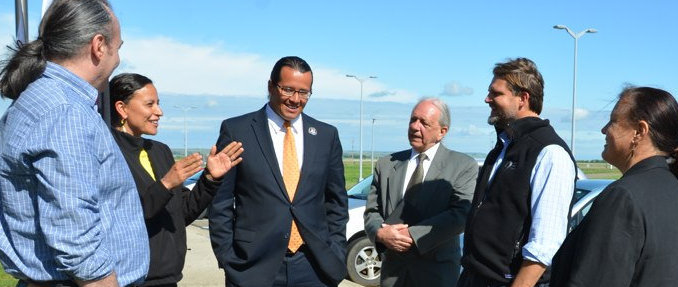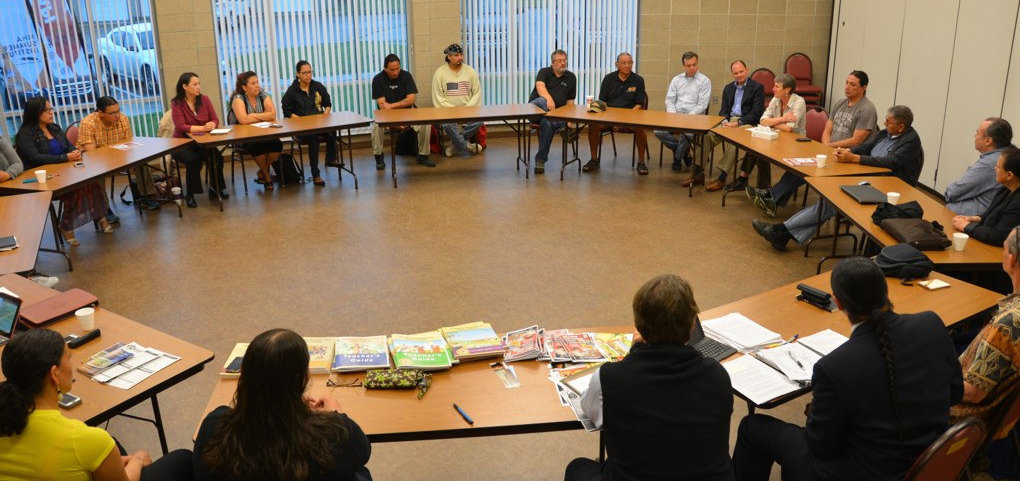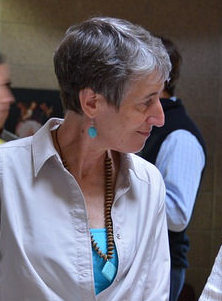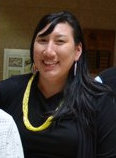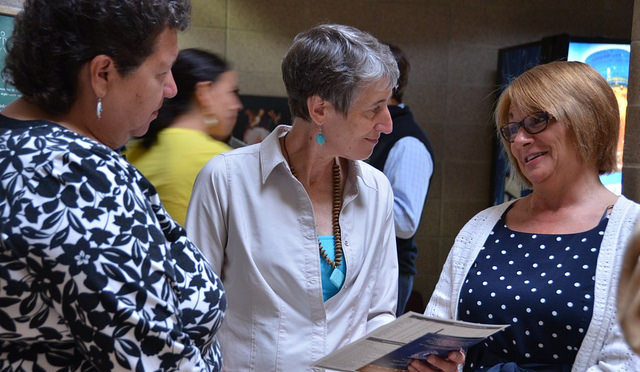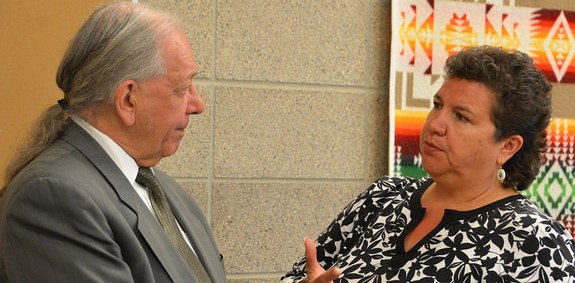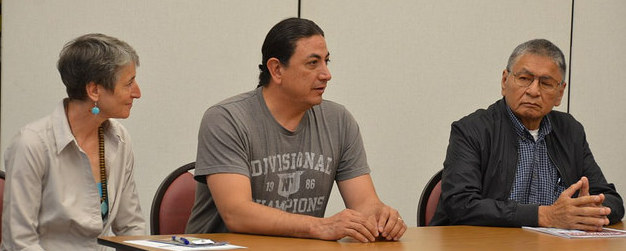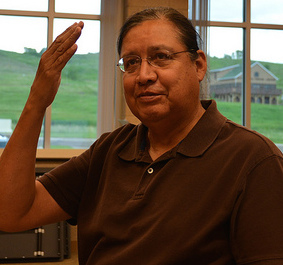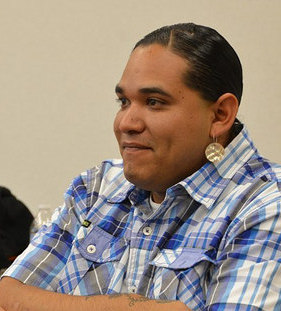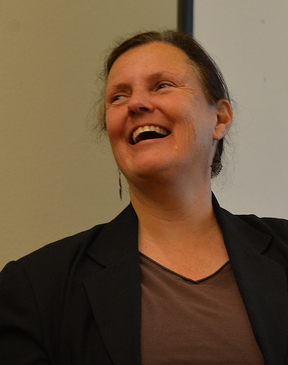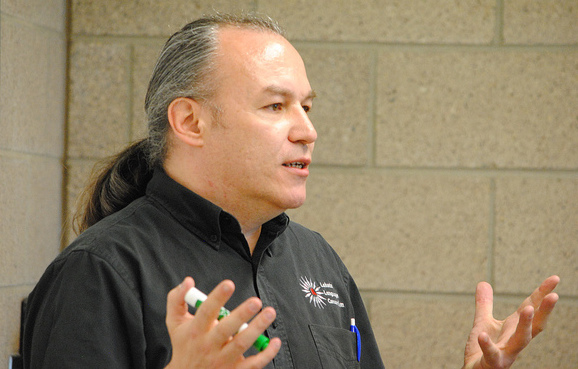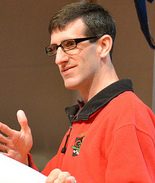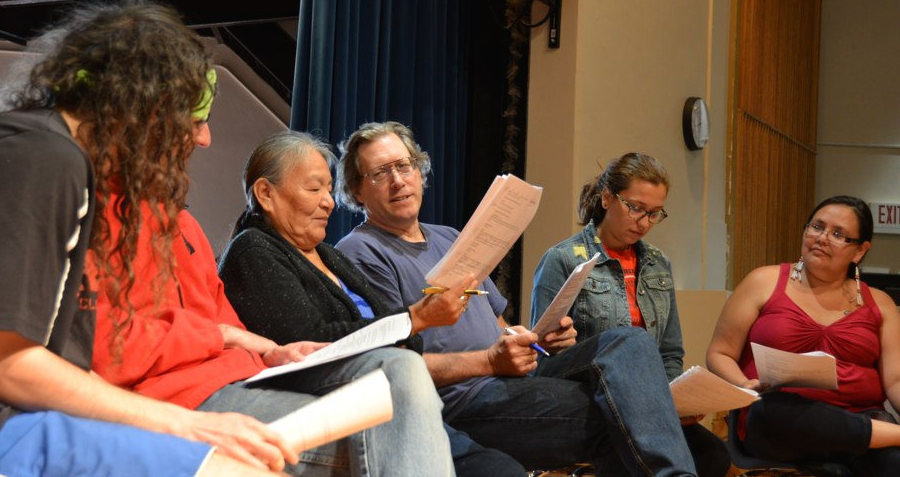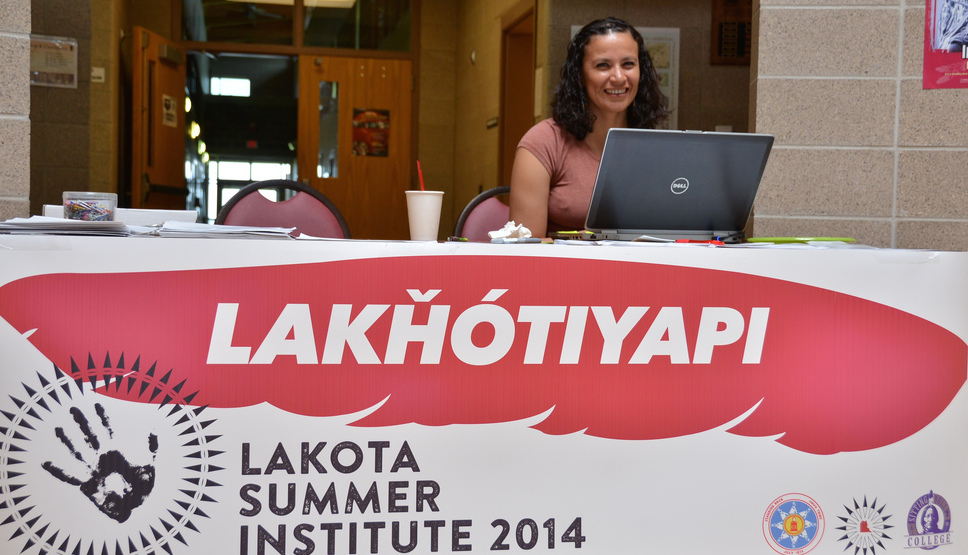Tusweca Tiospaye has announced a special two-day breakout session during the 2014 Lakota-Dakota Language Summit in Rapid City, SD in October — one that will earn its students college credit at Sitting Bull College.
The Intensive Lakota/Dakota Language for Beginners breakout session is “designed for second-language learners who are at a beginner to elementary level,” according to Tusweca’s release. “It will give an overview of Lakota/Dakota pronunciation and how to use a Lakota/Dakota dictionary for self-learning.”

Attendees will need to complete an application to Sitting Bull College, and have a GED or high school diploma, to participate. Participating in both classes during the Summit’s breakout sessions will earn learners one 16-hour credit from Sitting Bull.
Instructors are Nacole Walker, Sunshine Carlow and Michael Moore. All have been instructors or staff at the annual Lakota Summer Institute, which is a joint program of Sitting Bull College, the Standing Rock Sioux Tribe and the Lakota Language Consortium. Tusweca has initiated this two-day class at the Summit to support language learners who can’t attend the Summer Institute.
Lakota language teachers can also earn Continuing Education Units through Sitting Bull College just for attending the Summit.
Contacts for more information are found at the Summit’s College Credit page. The Summit is scheduled for Friday through Sunday, October 10-12, at the Rushmore Plaza Holiday Inn.









